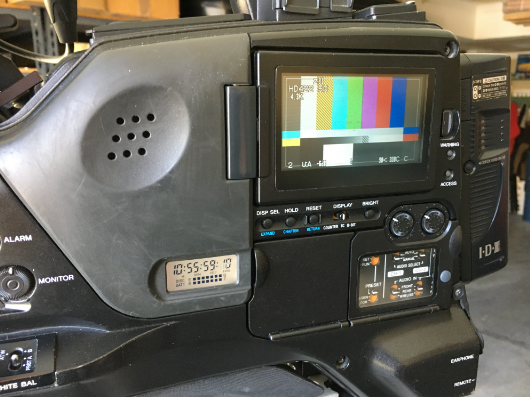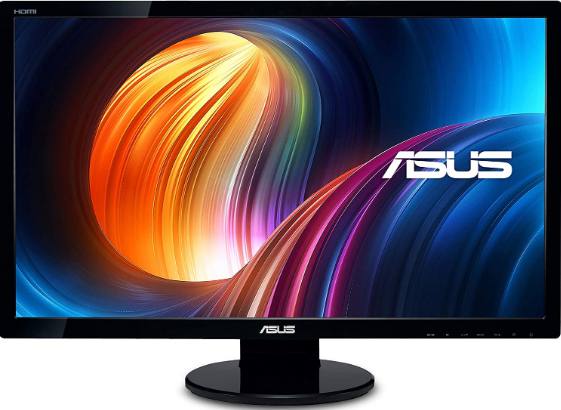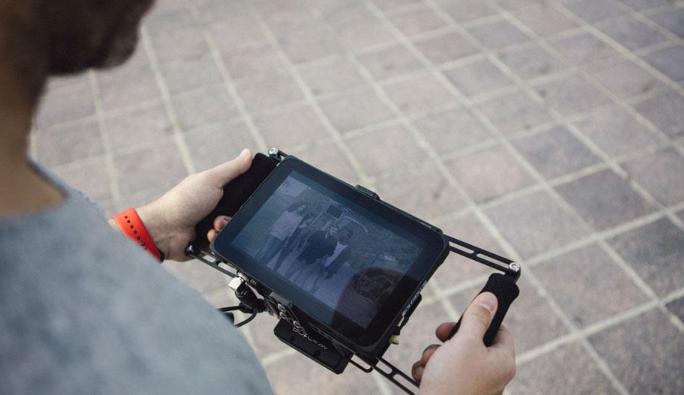As if making movies was not hard enough, directors also have to deal with all the equipment that comes with it. It’s not just the cameras and lenses; they also have to deal with sound, lights, and of course the monitor(s). Every movie director in the world wants only the best in order to make their movie look perfect and sound amazing so it really makes sense why a good director monitor would be at the top of their wish list but what makes one better than another? In this article we’ll be going over how to choose the best directors monitor. Let’s get started!
What Is A Director’s Monitor?
A director’s monitor is a special type of computer monitor that is designed for use by video editors and other professionals who need to view high-quality video images. There are many different models of director’s monitors on the market, and each has its own unique features and benefits. So, which one is the best?
To answer that question, you first need to understand what your specific needs are. Do you need a large screen? A high-resolution display? A wide viewing angle? What about color reproduction? Fortunately, we’ve done the research for you! We’ve reviewed the most popular and well-reviewed models of director’s monitors on the market today – from brands like Sony, LG, Samsung, NEC – so that you can make an informed decision about which product will work best for your particular situation. For example:

Sony’s PDW700/800 series offers a big 27 or 30 LCD panel with up to 1920×1200 resolution (it also offers Ultra HD 4K with 3840×2160 resolution).

Samsung also offers two different types of OLED displays in sizes ranging from 27 to 49. Their C32HG70QQN curved monitor provides great image quality in sRGB 99% with true blacks and amazing detail thanks to its 1440p 2200R curved screen.

NEC has three 24 1080p options available: VE240HS, VE248HR and VE278HR. The newer version of this series offers color calibration presets.
For those of you who care about the environment, all three companies offer mercury-free panels for some models.
How Do I Set Up A Best Directors Monitor?
A director’s monitor is a type of video display that is typically used by film and video directors. The director’s monitor allows the director to see what the camera is seeing, as well as other important information such as timecode and audio levels.
There are a few things to keep in mind when setting up a director’s monitor:
- Make sure that the monitor is mounted securely and at the correct height.
- Connect all of the necessary cables to the monitor.
- Power on the monitor and test all of the inputs.
- Configure the settings on the monitor to your liking. Some monitors have buttons for contrast, color temperature, tint, sharpness and more. If you can’t find the specific setting you’re looking for, consult the manual or contact customer service for help.
- Most importantly – experiment! Find out what works best for you and try different setups until you find one that works perfectly for your needs! As technology continues to improve and evolve, it’s only natural that the monitors we use for filmmaking become better and better. These days, we have so many options available to us that choosing a monitor can be confusing.
What Is A Professional Video Monitor?
A professional video monitor is a device used to display video images. Monitors are either standalone devices or they may be built into other devices such as televisions, computer displays, and recording equipment.
There are several factors to consider when choosing a director’s monitor. These include resolution, image quality, size, and connectivity.
The best director’s monitor for you will depend on your specific needs and budget.
Stay tuned to hightechreviewer.com If you want more exciting guides and reviews regarding technology, stay tuned!
Read More: Best CPU cooler for Ryzen 5 5600X
